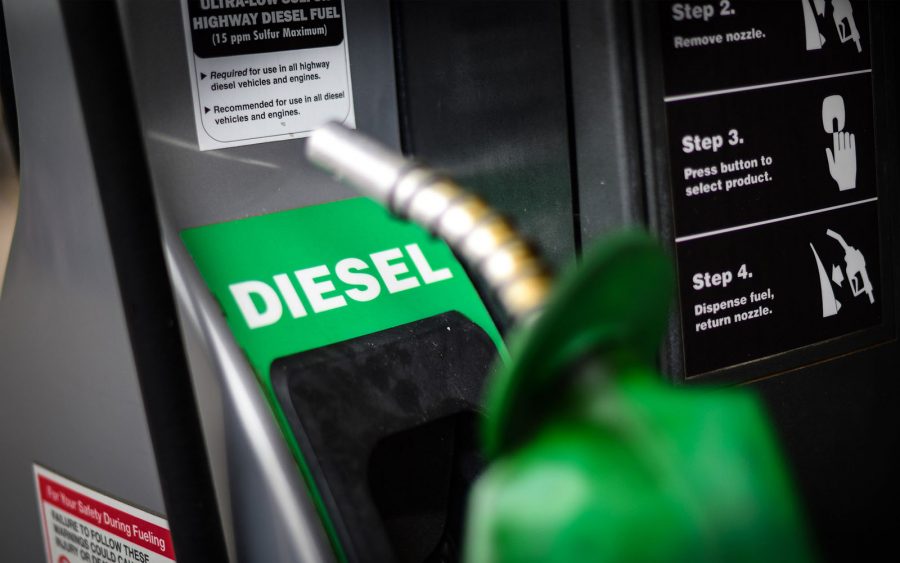Edo State is set to house the largest Liquefied Petroleum Gas (LPG) and Propane storage and dispensing facility, courtesy of the Nigerian National Petroleum Corporation (NNPC).
The Liquefied Petroleum Gas (LPG) and Propane storage and dispensing facility will be situated in Oredo, Benin City. Both facilities will be unveiled in collaboration with NNPC‘s exploration and production subsidiary, Nigerian Petroleum Development Company Limited (NPDC).
[READ MORE: Seplat Petroleum and NNPC are raising $700m for gas plant]
How huge is this project?: According to a report, the facilities are extensions of the Integrated Gas Handling Facility (IGHF) plant, and has the capacity to dispense 330 tonnes of LPG and 300 tonnes of Propane daily. This is an addition to the 100 million standard cubic feet of gas per day (MMscfg/d) and 260 barrels per day condensate already dispensed by the IGHF plant.
A potential source of income for the Government: The IGHF and LPG will be a huge revenue stream for the Federal Government, according to the NNPC’s spokesman, Ndu Ughamadu, who quoted the Managing Director of NPDC, Yusuf Matashi, in a statement.
The facility was positioned to supply LPG to Lagos, South South, South East, and to the North in order to grow its consumption across the country. Before the end of 2019, NPDC would be producing 40 percent of the nation’s LPG requirements.
[READ MORE: NNPC cautions depot owners against illegal increment in petrol price]
Currently, the NPDC is the single largest supplier of gas to the domestic market with about 90 percent of gas supply targeted at power generation to drive the nation’s economy positively.
Nigeria needs 1.52m bpd capacity to meet petrol demand – The NNPC has revealed that in order to meet the country’s premium motor spirit (PMS) requirement by 2025, Nigeria needs a refining capacity of about 1.52 million barrels per stream day (MBPSD).
According to the NNPC, the country’s petroleum products demand is expected to grow from 13.2 million metric tonnes (MMT) in 2015, to 15.1 MMT in 2020, and then 17.3 MMT by 2025.























